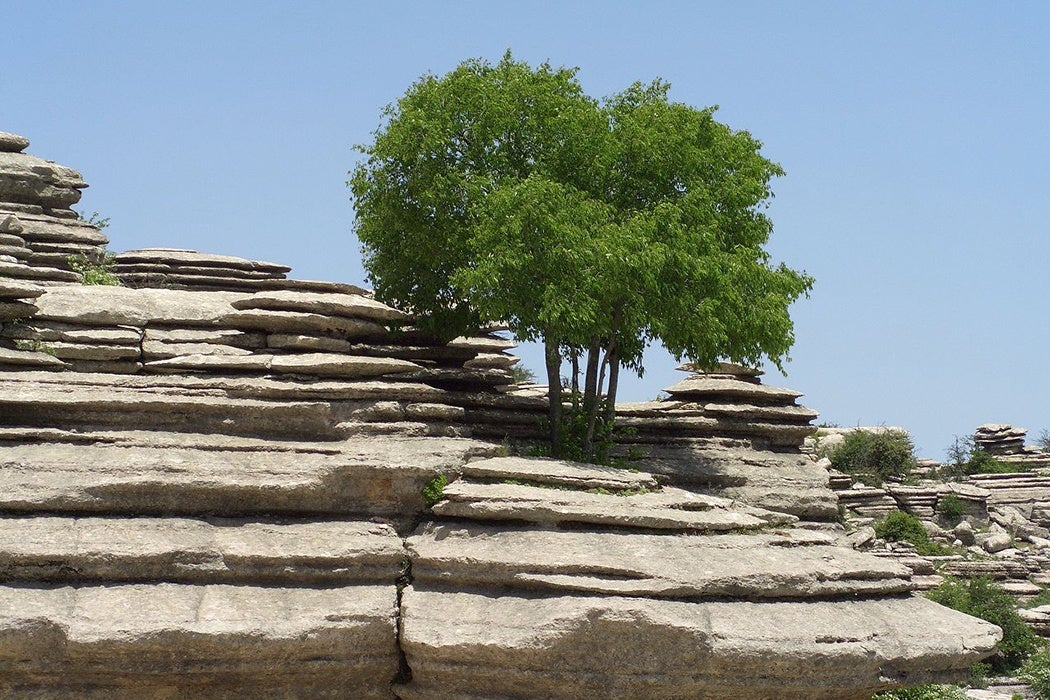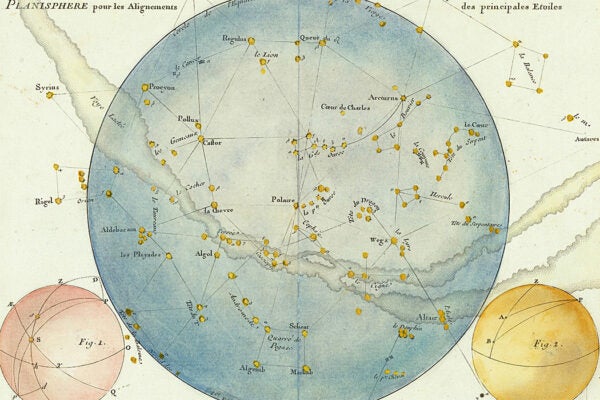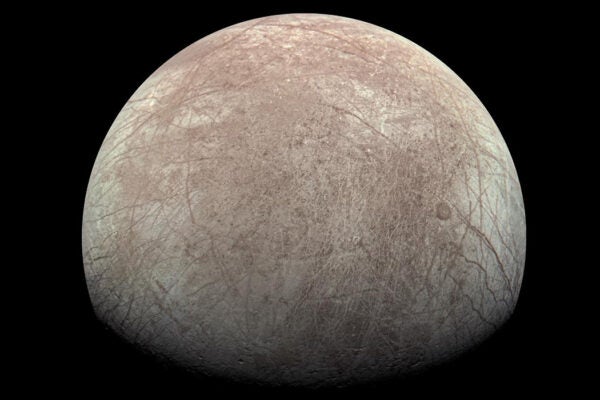It’s one of the world’s most incredible, yet unsung, ecosystems. It makes up as much as 15% of the world’s land area, and can be found across the world from Puerto Rico to Ohio, from Madagascar to Australia. It’s karst, a limestone landscape formed long ago when marine organisms such as corals secreted calcium carbonate that formed into blocks of sedimentary rock. That rock was eventually raised above sea level due to uplift or other tectonic forces. The result is one of the most striking and diverse ecosystems on Earth.
Limestone is soft and porous, so over the millennia water and weathering have carved the karstlands into wild towers resembling tyrannosaurus teeth. Caves, sinkholes, steep cliffs, and other dramatic formations are common. In some cases, the karst forms uniform cones called cockpits. The world’s largest caves and underground rivers are located in karstlands. The porous rock holds a lot of groundwater, streams, and ponds, sometimes underground.
The variety of surfaces and other microhabitats within the karst supports huge numbers of plant and animal species. Local variations in temperature, elevation, and moisture lead to incredible plant diversity; gullies support full-sized forests, while mosses, ferns, orchids, and other smaller plants cling to cliffsides and towers. Cut off by the forbidding terrain from surrounding non-karst areas, many of the plants are found only in the karstlands. In a Malaysian survey, 60% of plant species were found exclusively in the karst.
Karst animal communities are also unique. Caves are cut off from the surrounding area, allowing evolution to occur in isolation. There is particularly impressive invertebrate diversity; gigantic cave crickets, centipedes, and even a pale, long-limbed, small-eyed crab can be found in these caves. The world’s smallest mammal, the bumblebee bat, lives exclusively in karst caves, as do several species of snakes and lizards. Fish include a pale loach which uses large pectoral fins to scale subterranean ledges Spiderman-style. On the surface, great species diversity of butterflies, fishes in isolated ponds, and land snails thrive in the calcium-rich soil. These examples are from Southeast Asia, but karstlands worldwide host unique species ensembles.
But while the rugged landscape makes development difficult, karst is threatened by limestone and cement quarrying. Fortunately, in many areas the tourism and biodiversity value of the karstlands have been recognized. Many nations have karst national parks and guides lead tourists into caves, boosting local economies. Populations of bird and reptile species from surrounding areas take refuge in the karsts, so if properly protected, karstlands may one day support repopulation of restored areas.







